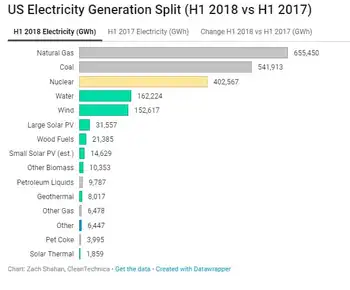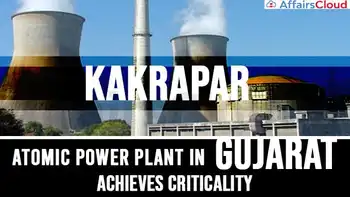Transpower to test HV underground cable
By Industrial Info Resources
Substation Relay Protection Training
Our customized live online or in‑person group training can be delivered to your staff at your location.

- Live Online
- 12 hours Instructor-led
- Group Training Available
TenneT acquired Transpower from German power and gas company E.ON AG on January 1 for a reported 1.1 billion euros (US $1.5 billion) as part of an agreement with the European Commission. In February 2008, E.ON agreed with the European Commission to sell its electricity distribution network and divest about 4,800 megawatts of generating capacity to its competitors.
The power line is part of a project to create so-called "electricity motorways" to feed power from windfarms in the north of Germany to the south of the country. With increased opposition to unsightly overhead power cables, Transpower will test the use of underground extra-high-voltage cabling as a part of its network extensions in Germany.
The German government introduced the Energieleitungsausbaugesetz (EnLAG) — the power grid extension act — last year, which allows for the testing of underground cabling on economically and technically efficient lengths of pilot networks, particularly in areas where housing would be adversely affected by overhead cabling.
The first test section will be at least 8 kilometers of the 60-kilometer transmission line between Ganderkesee and St. Hülfe, located near Diepholz to the south of Ganderkesee. Planning procedures for the transmission line are scheduled to start in the coming weeks. The cost for the 60-kilometer transmission line is estimated to be 160 million euros (US $220 million), of which the 8-kilometer underground portion will require about 100 million euros (US $137.6 million).
In addition to the German pilot project, TenneT will conduct tests in the Netherlands. The company intends to install several test sections, with a total length of about 20 kilometers, between Amsterdam and Rotterdam. The tests will be monitored by observers from the Universities of Delft and Hannover, who will act as scientific advisors to the project.
Placing extra-high-voltage cables underground, although reducing visual pollution, is still an untried science and has several drawbacks. It is much more expensive to place cables underground, as can be seen from the costs outlined above for the Bremen pilot project. In addition, as cables need to be connected by sleeves every 900 meters or so, they are more susceptible to breakdowns. Regulations prevent any agricultural cultivation in a 15-meter corridor around the cables.
In October last year, prior to the Transpower acquisition, TenneT announced that it intended to invest approximately 3 billion euros (US $4.1 billion) to expand its grid in the next five to seven years, primarily in the Netherlands, where the company has about 9,000 kilometers of high-voltage cabling.
Transpower operates about 11,000 kilometers of high-voltage cabling in Germany and TenneT has indicated that it will invest up to 3 billion euros (US $4 billion) in the German grid over the next 10 years.
The TenneT and Transpower grids are linked by a connection point between Diele in Germany and Meeden in the Netherlands. Between them, the two networks are linked to seven other European countries, including the world's longest submarine power cable, linking the Netherlands to Norway, which opened in May 2008.











